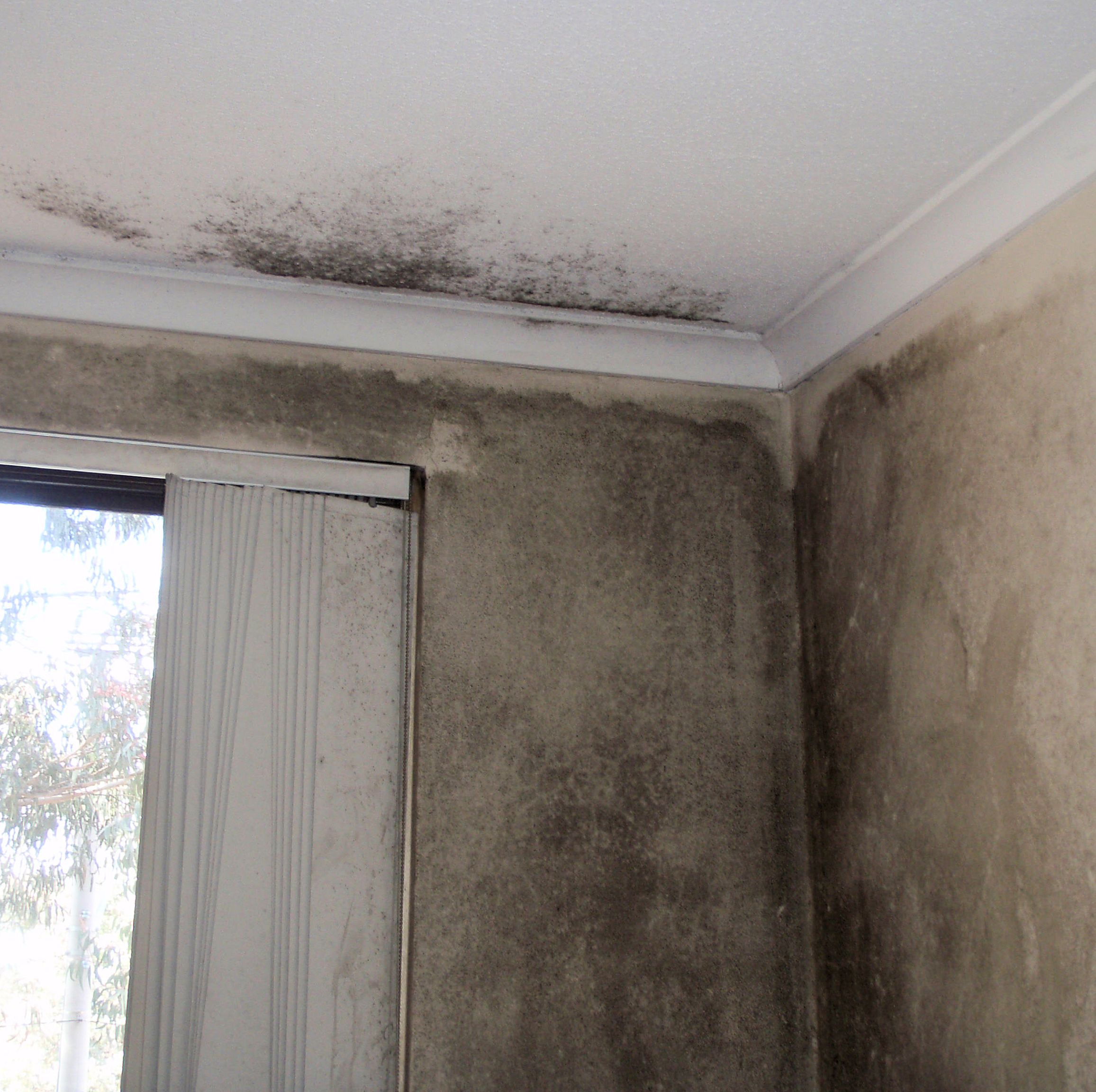
Impact of thermal bridging on condensation and mould growth
Condensation and mould growth
Impact of thermal bridging on condensation and mould growth
To identify areas where there is a risk of condensation and therefore mould growth in different design situations, a surface temperature factor’ (fRsi) can be used.
It allows surveys under any thermal conditions and compares the temperature drop across the building fabric, with the total temperature drop between the inside and outside air.
The ratio is described in BRE IP1/06; a document cited in Building Regulations Approved Documents Part L1 and L2 and Section 6 in Scotland.
Serious problem for building occupiers
It is a critical calculation, as the consequences of condensation and mould growth are likely to be more serious for building occupiers than any local heat loss.
If low internal surface temperatures in the area of a thermal bridge are below the dew point of the air, condensation is almost certain to form.
This in turn is likely to result in structural integrity problems with absorbent materials such as insulation products or plasterboard and of even greater concern, the occurrence of mould growth.
Practically every building contains mould spores within its fabric which are dormant and completely harmless.
However, given the right conditions these spores will germinate and become a potential health risk to occupants in the form of asthma and allergies.
Mould is not a new phenomenon of course, but a combination of circumstances is elevating interest in the problem. Primarily these are better insulated and more airtight buildings, improved energy efficiency requirements and much greater environmental awareness.
Mould starts to form when the relative air humidity reaches 80%, and often before there is evidence of any condensation.
As the actual surface temperature will depend greatly on the temperatures both inside and out at the time of the survey, the surface temperature factor (fRsi) has crucially been formulated to work independently of the absolute conditions.
The surface temperature factor formulaThe actual formula as it relates to internal surveys is that fRsi = (Tsi Te) / (Ti Te) where Tsi = the internal surface temperature Ti = the internal air temperature and Te = the external air temperature |
Using the formula, the recommended (fRsi)value for offices and retail premises is equal to or greater than 0.5; and to ensure higher standards of comfort for occupants in residential buildings, equal to or greater than 0.75.
In more extreme conditions of high humidity, such as swimming pools or other wet areas, 0.9 would be anticipated. In summary, the surface temperature factor required will depend on the use of the building and the consequent internal relative humidity.
To eliminate the possibility of condensation and any resultant mould growth, the higher the likely internal humidity, the greater the need for a higher surface temperature factor.
Schock
The Clock Tower
2-4 High Street
Kidlington
OX5 2DH
UK
Phone
0845 241 3390
Fax
0845 241 3391
Visit Supplier's page
Latest news

29th April 2025
Senior pledges to ‘bee’ part of the solution with new biodiversity initiative
Senior Architectural Systems has installed its first on-site beehive, marking another step forward in its commitment to sustainability and biodiversity.
Posted in Articles, Building Industry News, Building Products & Structures, Building Services, Curtain Walling, Doors, Glass, Glazing, Innovations & New Products, news, Restoration & Refurbishment, Retrofit & Renovation, Sustainability & Energy Efficiency, Walls, Windows
29th April 2025
West Fraser range delivering key benefits for South-East carpentry company
An experienced carpenter and building site manager who has recently set up his own company is using high performance panel products from the West Fraser range.
Posted in Articles, Building Industry News, Building Products & Structures, Building Systems, Case Studies, Garden, Restoration & Refurbishment, Retrofit & Renovation, Sustainability & Energy Efficiency, Timber Buildings and Timber Products
29th April 2025
CPD Courses Available Online From Ecological Building Systems
Ecological Building Systems, a leading supplier of natural building products for sustainable construction, has revealed its comprehensive CPD programme for the year ahead.
Posted in Articles, Building Industry Events, Building Industry News, Building Products & Structures, Building Services, Continuing Professional Development (CPD's), Information Technology, Innovations & New Products, Insulation, Restoration & Refurbishment, Retrofit & Renovation, Seminars, Sustainability & Energy Efficiency, Training, Walls, Waste Management & Recycling
29th April 2025
WindowBASE launches new prospect databases at FIT Show
Visit WindowBASE at the FIT Show to see first-hand how it helps companies find new customers – the company is launching an easy-to-use, intuitive platform on Stand G16 at the NEC Birmingham from 29th April – 1st May.
Posted in Articles, Building Industry Events, Building Industry News, Building Products & Structures, Building Services, Doors, Exhibitions and Conferences, Glass, Glazing, Information Technology, Innovations & New Products, Posts, Publications, Research & Materials Testing, Restoration & Refurbishment, Retrofit & Renovation, Windows
 Sign up:
Sign up: